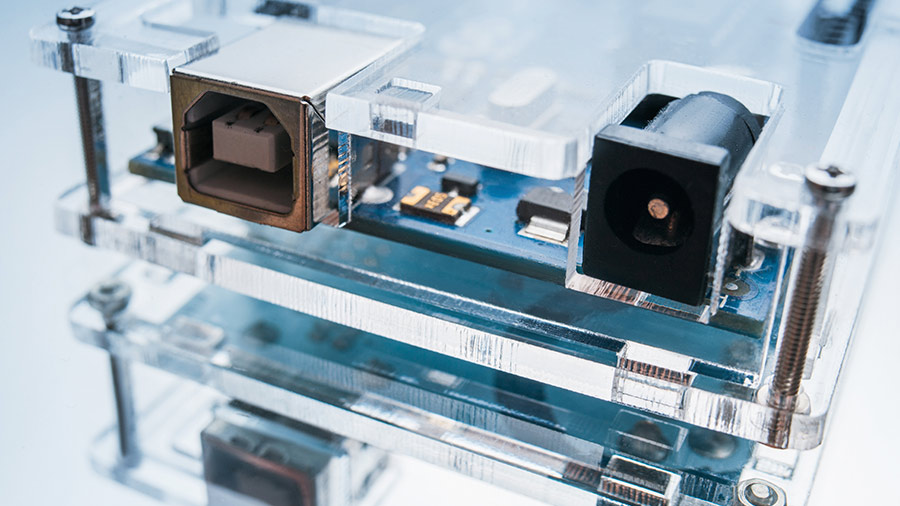Whether you are talking about finished consumer electrical devices, electronic components or sub-assemblies that will be used in manufacturing settings in the UK to create new products, importing electronics from overseas is often a cost-effective thing to do. After all, companies with a track record of success in making a wide variety of electrical products exist all over the world, notably in the United States, China, South Korea and Japan, of course. However, the high quality of the goods and the economies of scale that manufacturers in such countries offer does not mean that importing from them is always cost-effective.
This is when British importers need to examine their current importation practices and determine whether they could be doing things cheaper without compromising on the quality of service they receive. Here’s what you should be focussing on if you are responsible for buying electronics goods from overseas and want to run a more efficient importation system.
Avoid Air Freight
Although air freighting goods is often seen as more convenient than shipping by sea, the fact is that the process is often more complex. It often takes some time to get electrical goods through customs checks at international airports due to the higher levels of security involved. This is certainly the case if your consignment will be placed on a passenger plane, of course. Overall, however, air freight, even relatively light consumer electronics, such as mobile phones, is much more costly than shipping by sea.
Seek Local Logistical Expertise
If you rely on your supplier to send their consignment out, then the likelihood is you are overpaying for the service. Instead, use a UK-based freight forwarding firm that has experience in the country you are importing from. This will often mean being able to negotiate much more attractive rates to collect your orders from your supplier and to have them despatched to a local seaport.
Ship from a Seaport of Your Choosing
Remember that not all seaports are geared up for containerised shipping, especially when handling delicate consignments containing electrical devices. Equally, not all ports have a frequent service to the UK that doesn’t involve multiple stops en route. As such, you won’t necessarily want your supplier to choose the seaport closest and most convenient for them if you want your order to arrive as cost-effectively and as swiftly as possible.
Understand LCL Shipments
According to one freight forwarding company that specialises in electronic goods, Barrington Freight, many British importers don’t understand just how much they could save by combining their shipment with others. So-called less than container (LCL) shipments mean sharing the logistical costs. Given so many electrical items are shipped to the UK from the same few countries, benefiting from the lower costs of shared containers shouldn’t necessarily mean having to wait that much longer for orders to arrive.
Combine Freight Forwarding with Customs Clearances
Finally, outsourcing freight forwarding to a reputable and licensed firm is one thing but most importers of electrical items will still need help with their customs declarations. This can be complex especially if you are not well-versed in excise, commodity codes and the valuation methods used to make such declarations. Use an agent, ideally one that combines their service with freight forwarding.
